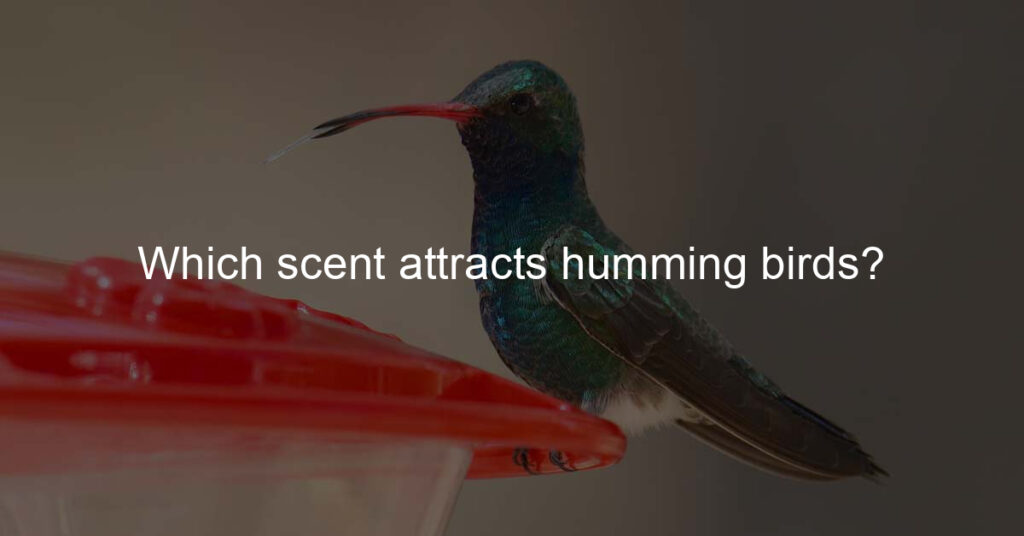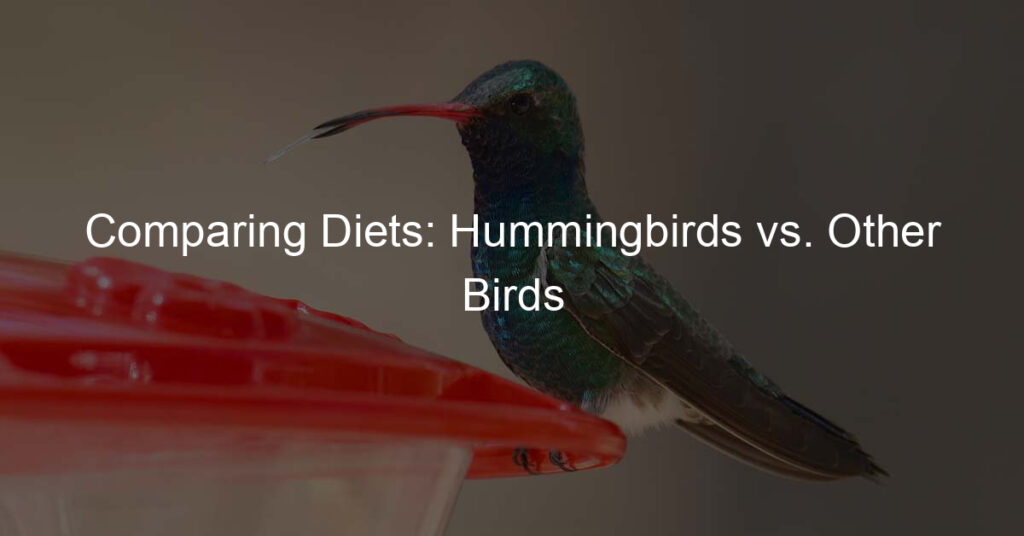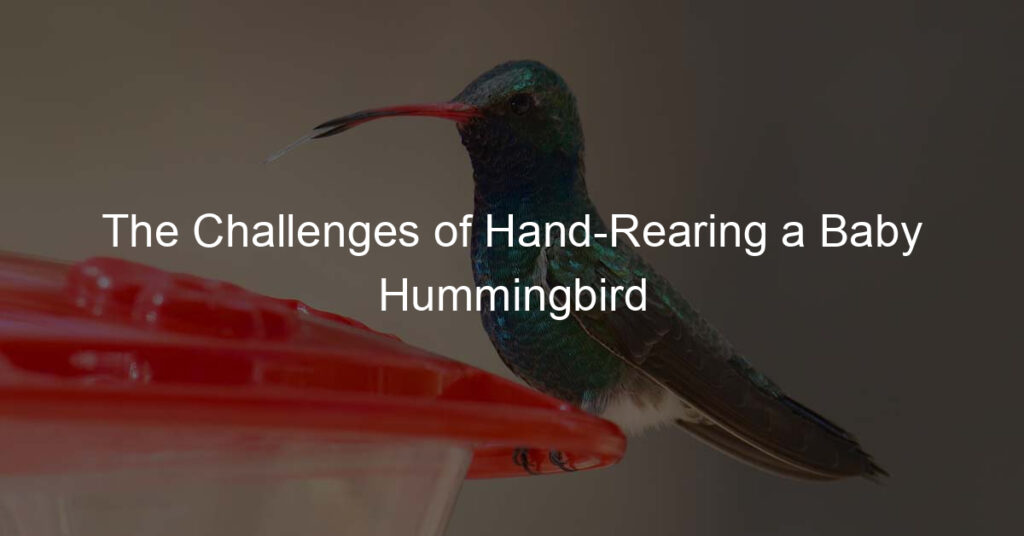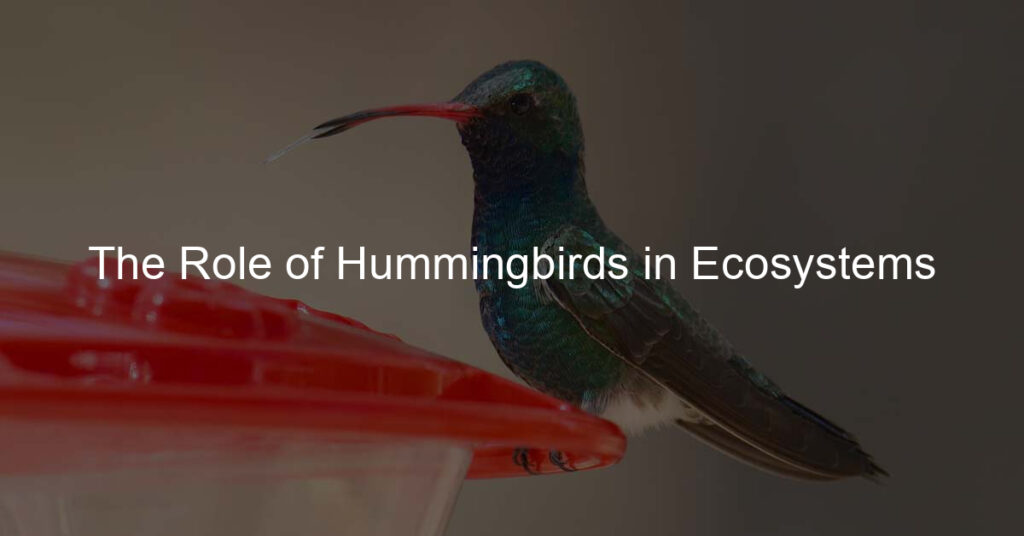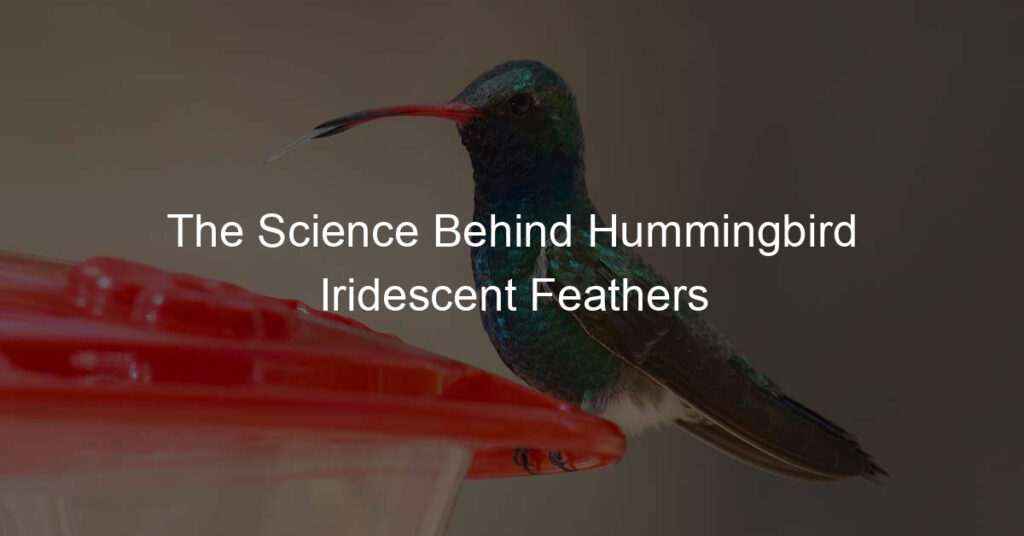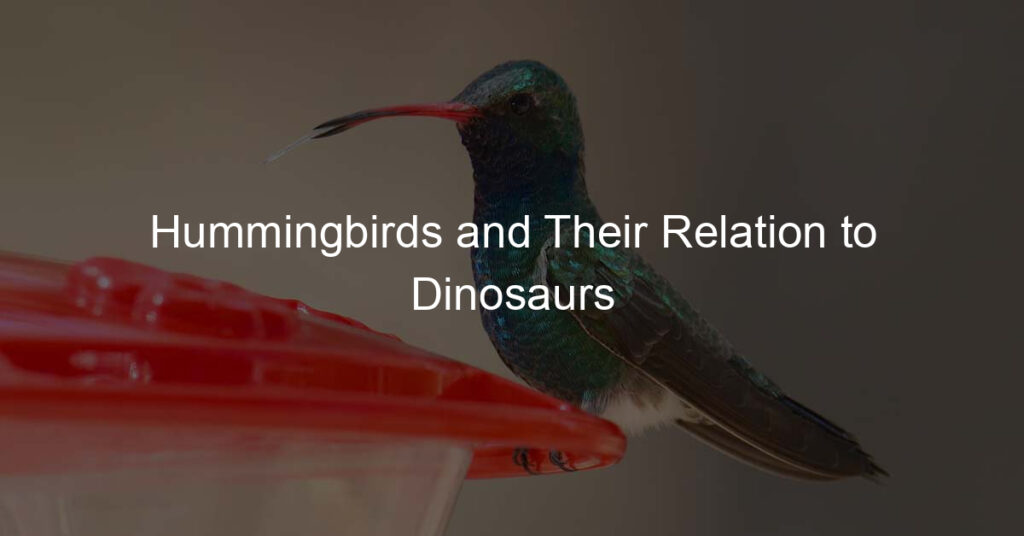We all know that hummingbirds are attracted to sweet scents, but have you ever wondered which particular scent is most appealing to them? While there are a variety of different scents that may attract these tiny birds, the most popular seems to be floral. Read on to learn more about which scents attract hummingbirds and how you can use this information to your advantage!
What flavors do hummingbirds like?
Hummingbirds have an unusually adventurous palate, enjoying nectar from over 200 species of plant! Some of the flavors they find irresistible are sweet and vibrant: succulent fruits like oranges and ripe berries, as well as aromatic flowers with a hint of spice. In some areas, hummingbirds also visit backyard feeders stocked with fortified sugar water for a convenient snack.
It’s important to note that in order to keep them healthy, this sweet liquid should never contain artificial sweeteners or dyes. Sometimes adding slices of citrus fruits like lemons and limes to the mix can further entice these enchanting creatures.
Are hummingbirds attracted to smell?
Hummingbirds are an incredible species and have some quite interesting abilities. One of the fascinating abilities we see within hummingbirds is their ability to be attracted to smells. In recent studies, scientists have found out that due to their sensitive olfactory receptors, hummingbirds can detect several different scents within their surrounding environments.
They also tend to be more attracted to certain sweet odors as they use this capability to find nectar from flowers. Furthermore, with that same sense of smell, they are able to detect potential predators in the area, allowing them to take evasive action if needed. Clearly, hummingbirds rely heavily on their sense of smell in order for them to survive in wild and it’s truly a remarkable feat for such a tiny creature.
What solution is best for attracting hummingbirds?
The best solution for attracting hummingbirds is to provide a variety of sources of food. This can include planting flowers in your yard that are especially attractive to these feisty little birds, as well as providing hummingbird feeders filled with colored nectar. For flowers, some good options include colorful tube-shaped varieties such as trumpet vine and coral honeysuckle, but nearly any flower with lots of nectar will do the trick!
As for the nectar, you can buy special recipe mixes at most stores or make it at home by boiling four parts water and one part sugar until dissolved; then store it for up to two weeks in the refrigerator. Hummingbirds have playful personalities and enjoy bright colors and motion, so adding wind chimes or other hanging decorations nearby can be a great way to invite them even closer.
Can hummingbirds smell sugar water?
Although there is much debate as to whether or not hummingbirds can smell, many experts suggest that these delicate avian creatures likely possess some form of olfaction. For example, male hummingbirds have an amazing sense of direction, often swooping into the same area where they discovered food in the past, suggesting that they may be relying on their noses to navigate and locate edible items like sugar water.
Thus, while scientists haven’t yet reached a definitive conclusion, it seems that these magical birds may indeed have the ability to detect through their senses the sweet aroma of sugary treats.
What smells do hummingbirds not like?
Hummingbirds are generally very particular about their environment, and because of their delicate sense of smell, there are many items that can cause them to fly away that humans can’t even notice. Because hummingbirds have a heightened sense of smell, anything with a strong odor such as cologne, hairspray, perfumes or other chemical scents will repel them.
Similarly, plants that have an aromatic scent such as lavender, peppermint, and rosemary might also be avoided by hummingbirds. Additionally, flowers that use fertilizer often put off an offensive odor that they are repulsed by and avoid. Aromatic herbs like basil or oregano may also ward off birds due to their overpowering fragrance.
Summary
The answer to the original question, ‘Which scent attracts hummingbirds?’ As we can see, many different scents can draw the attention of hummingbirds. The right scent will depend on individual preference and where the hummingbird is sighted. This means that experimenting with different scents to determine which appeals most to a particular species of hummingbird is important, in order to best attract them.
Ultimately, by observing and understanding the behaviors of our feathered friends, as well as trying a variety of smells in combination with certain colors or shapes, we can better encourage them onto our property. Who wouldn’t want such adorable visitors? All in all, there are many ways anyone can effectively draw these remarkable creatures into their garden for endless enjoyment and leisurely viewing!

